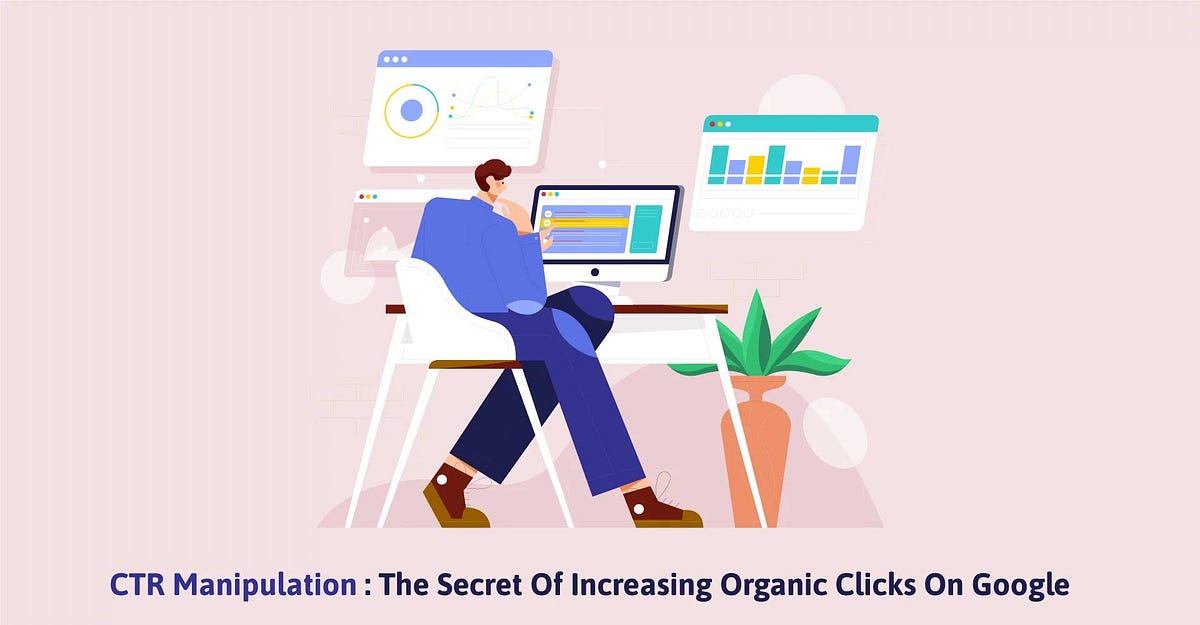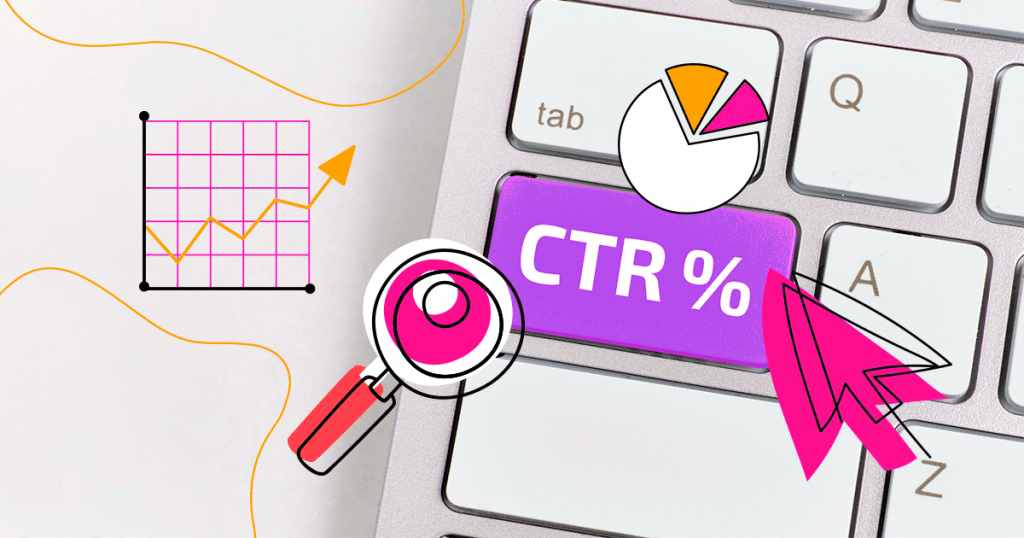Maximizing Organic Click-Through Fees With CTR Adjustment
The optimization of natural click-through rates (CTR) is a nuanced endeavor that rests on recognizing both customer psychology and effective content presentation. By leveraging tactical adjustment methods, such as incredibly crafted headings and visually engaging aspects, marketers can significantly enhance individual involvement. The landscape is swarming with mistaken beliefs and oversimplifications about what genuinely drives CTR. As we check out the ins and outs of these methods, it ends up being essential to recognize the underlying concepts that can bring about continual success in capturing audience focus. What absolutely distinguishes the effective from the inadequate in this crucial element of digital marketing?
Comprehending Click-Through Fees
Comprehending click-through rates (CTR) is essential for examining the performance of internet marketing methods. CTR gauges the percentage of customers who click on a certain link or advertisement contrasted to the overall variety of users who watch it. A higher CTR suggests that the material is involving and relevant to the target market, while a lower CTR may signify a demand for optimization.
To compute CTR, divide the number of clicks by the number of impressions and increase by 100. If an ad obtains 300 clicks out of 10,000 perceptions, the CTR would certainly be 3%. This metric is vital for examining numerous aspects of digital marketing, consisting of seo (SEARCH ENGINE OPTIMIZATION), email campaigns, and social networks advertising.
Moreover, examining CTR helps online marketers determine which strategies generate the most effective outcomes and which require refinement. By concentrating on enhancing CTR, services can enhance their material's presence and effectiveness, leading to raised website traffic and prospective conversions. Understanding the subtleties of CTR is foundational for any marketing expert aiming to optimize their on-line presence and make best use of return on investment (ROI)

The Psychology of Customer Behavior
Individual behavior is significantly influenced by psychological variables that dictate how people communicate with online material. Comprehending these aspects is essential for enhancing click-through rates (CTR) in organic search outcomes. Cognitive biases, such as the anchoring impact, play a vital duty in shaping individuals' assumptions. Their initial impacts can heavily influence their succeeding judgments concerning relevance and reputation. when customers run into details.
Emotional reactions also substantially influence user actions. Content that reverberates emotionally can set off a feeling of seriousness or interest, prompting customers to click. In addition, social evidence-- such as individual testimonials or rankings-- can enhance trust and encourage interaction, as individuals commonly seek to the actions of others to notify their very own choices.
In addition, the principle of scarcity can drive clicks - LinkDaddy CTR Manipulation. Limited-time offers or special web content produce an anxiety of losing out (FOMO), engaging users to act swiftly. Recognizing these psychological vehicle drivers makes it possible for marketers to create even more compelling content that resonates with their target audience
Efficient CTR Manipulation Techniques
Leveraging mental understandings can significantly enhance click-through prices (CTR) through targeted adjustment techniques. One of one of the most reliable techniques is using engaging headings that stimulate interest or necessity. Wording titles as questions or including numbers can attract more attention, prompting individuals to click.
An additional strategy entails enhancing meta descriptions to produce a sense of significance and immediacy. By clearly outlining the benefits or services provided in the material, you can involve prospective readers and convince them to click. In addition, making use of power words-- such as "unique," "proven," or "totally free"-- can boost the charm of your content.
Visual elements also play a crucial role. Integrating captivating pictures or thumbnails can draw customers in and enhance CTR. A/B testing different visuals can aid identify which images reverberate finest with your target market.
Last but not least, making sure that your web content guarantees deliverable value brings about higher CTR. When customers view that clicking will certainly offer them with significant understandings or remedies, they are most likely to involve. By employing these techniques thoughtfully, marketers can efficiently adjust CTR to their advantage while preserving moral criteria.
Usual Myths About CTR
A number of misconceptions border click-through rates (CTR) that can lead marketers to make illinformed decisions. While a high CTR recommends that even more customers are clicking, it does not guarantee sales or conversions.
One more usual belief is that CTR is a separated metric. In truth, CTR needs to be examined in combination with other efficiency indicators, such as bounce rate and Learn More Here conversion price, to get a holistic sight of project success.
In addition, some marketing professionals presume that enhancing for CTR alone is sufficient. Concentrating exclusively on CTR can lead to clickbait tactics that might draw in clicks but fall short to involve customers meaningfully. CTR Manipulation Press Release. This approach can harm brand track record and lead to reduced retention prices
Last but not least, there is a notion that CTR strategies are generally efficient. The truth is that optimum CTR methods can differ considerably across sectors and target audiences, demanding tailored techniques for various market segments. Understanding these misconceptions is critical for developing effective CTR strategies that line up with overarching advertising goals.
Gauging CTR Success
Although high click-through prices (CTR) can show successful involvement with web content, measuring their true success calls for an extensive evaluation of a number of variables. Initially, it is necessary read to recognize the context in which the CTR is achieved. For example, a high CTR on a deceptive title might not equate to purposeful involvement or conversions, eventually reflecting improperly on the brand's reputation.
Second, evaluating the resource of traffic is vital. Organic website traffic from search engines can signify a durable web content approach, while clicks from pointless sources might suggest an absence of targeting. Additionally, determining the subsequent customer habits is important; examining metrics such as bounce price, time invested in web page, and conversion prices can offer deeper insights into the quality of the interaction started by the CTR.

Conclusion

The optimization of natural click-through rates (CTR) is a nuanced undertaking that hinges on recognizing both individual psychology official source and reliable material discussion. CTR determines the percentage of customers who click on a specific web link or advertisement contrasted to the complete number of individuals that view it. A greater CTR indicates that the material is involving and appropriate to the target audience, while a reduced CTR may signify a need for optimization.
Concentrating specifically on CTR can lead to clickbait methods that may bring in clicks but stop working to involve users meaningfully. Furthermore, gauging the subsequent individual actions is vital; examining metrics such as bounce price, time spent on page, and conversion prices can provide deeper understandings right into the quality of the interaction launched by the CTR.